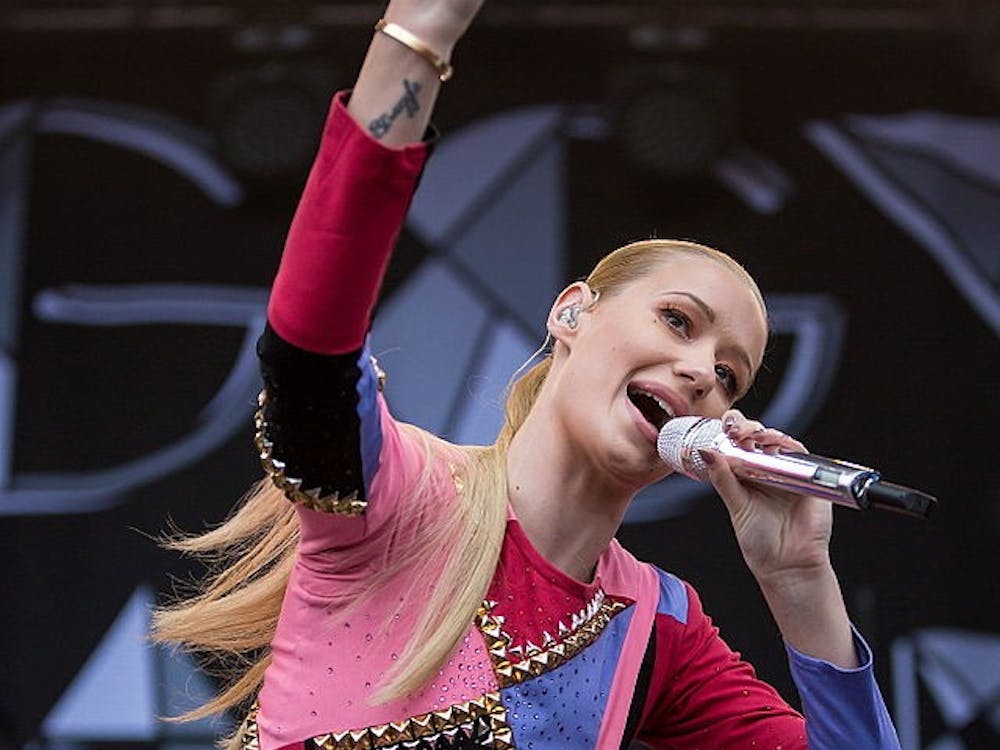The University of Virginia Art Museum hosts an array of exhibits each year, highlighting classic works of art from American artists, as well as those from much further away.
The exhibit "Man Ray, African Art, and the Modernist Lens," showing until Oct. 10, highlights part of the museum's growing collection of art from Africa. Man Ray was an influential artist during the Surrealist and Dada movements best known for his avant-garde photography featuring unusual perspectives and eye-catching subjects. His series of photographs portraying tribal African art helped create the "African chic" movement that emerged during the late 1920s in conjunction with the Harlem Renaissance.
Upon entrance to the exhibit, I was instantly struck by the wide array of photographs and art on display. Though overwhelming at first, the exhibit is structured in a way that is informative and inviting even to those who know little or nothing about Man Ray.
His black-and-white pictures featuring African masks or statues are expertly photographed; the shadow and attention to detail render these portrayals as not simply photos but as pieces of art. At times seemingly grotesque and disturbing, the contorted, almost pained expressions of the masks and the dramatic shadowing in the pictures create a sense of eeriness. Man Ray attempted to evoke such emotions to convey the disillusionment and loss of hope experienced by the ex-patriots after World War I, of which Man Ray considered himself a member once he moved to Paris during the 1920s.
In his piece, "Noire et blanche", Man Ray creates a statement by having his muse and lover, Kiki, pose with a tribal mask. Her pale skin juxtaposes with the dark ebony of the mask, a contrast composed by Man Ray to shed light on the issue of race and segregation. The soft sensuality of the piece also hints at the sexual revolution that was simultaneously taking place.\nA more playful air is apparent in "Mode au Congo," in which the dancer Adrienne Fidelin wears a whimsical African headdress and jewelry, her body facing the camera head-on. Such accessories were inspiration for the "African chic" fashion movement post-WWI, and these accessories were worn by ladies of high society and magazines such as "Harper's Bazaar."
In addition to housing Man Ray's photographs, the exhibit contains many of the statues used within his pieces as well. The figure, "Bangwa Queen," which appeared in many of Man Ray's works, isalso on display. Animated and expressive, the statue appears anguished, its stylized tribal form appearing next to the body of a nude model in many of Man Ray's photographs, emphasizing the distinction between the two and calling the issue of race into question once more.
The exhibit also displays works by artist Lois Mailou Jones and photographers Walker Evans and Carl Van Vechten, whose portraits of icons such as Billie Holiday holding African masks are capricious and eye-catching.
"Man Ray: African Art & the Modernist Lens" is a wonderful exhibit that presents Man Ray's work as a distinctive combination of both historical and modernist, The surrealist nature of his pieces renders a dreamlike state to the viewer, questioning not only the boundaries of art but also society. As Man Ray once said, "I do not photograph nature. I photograph my visions," a statement that rings true in this collection.






